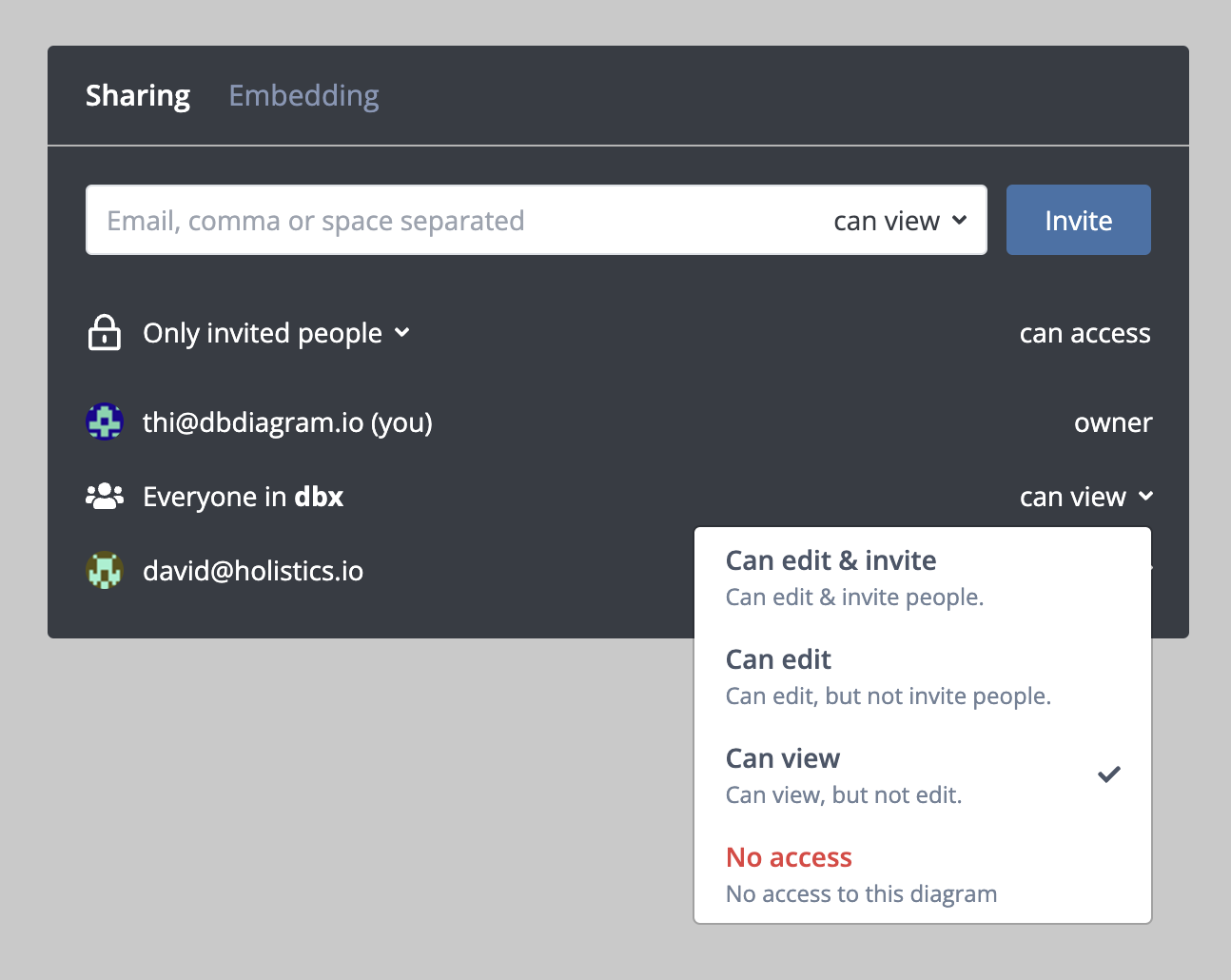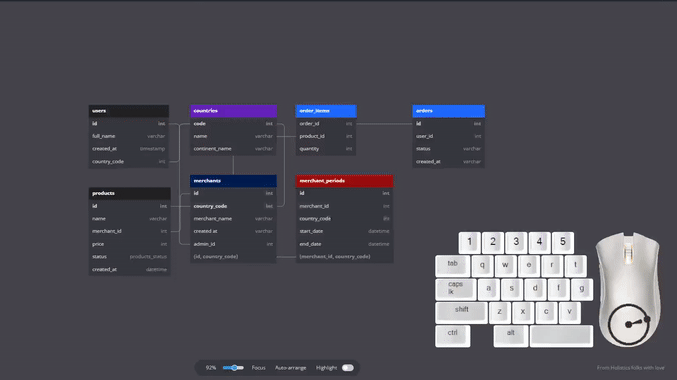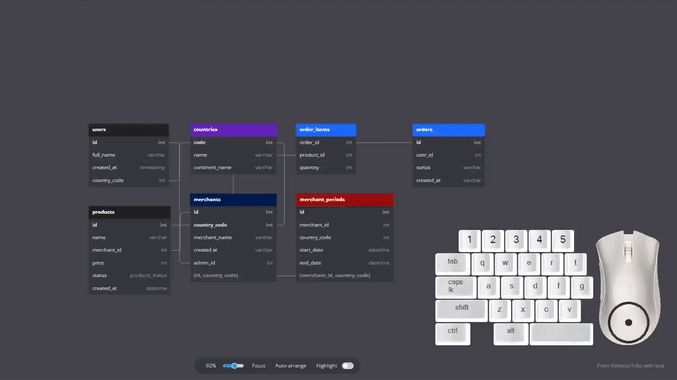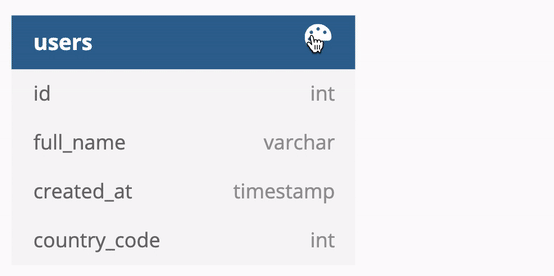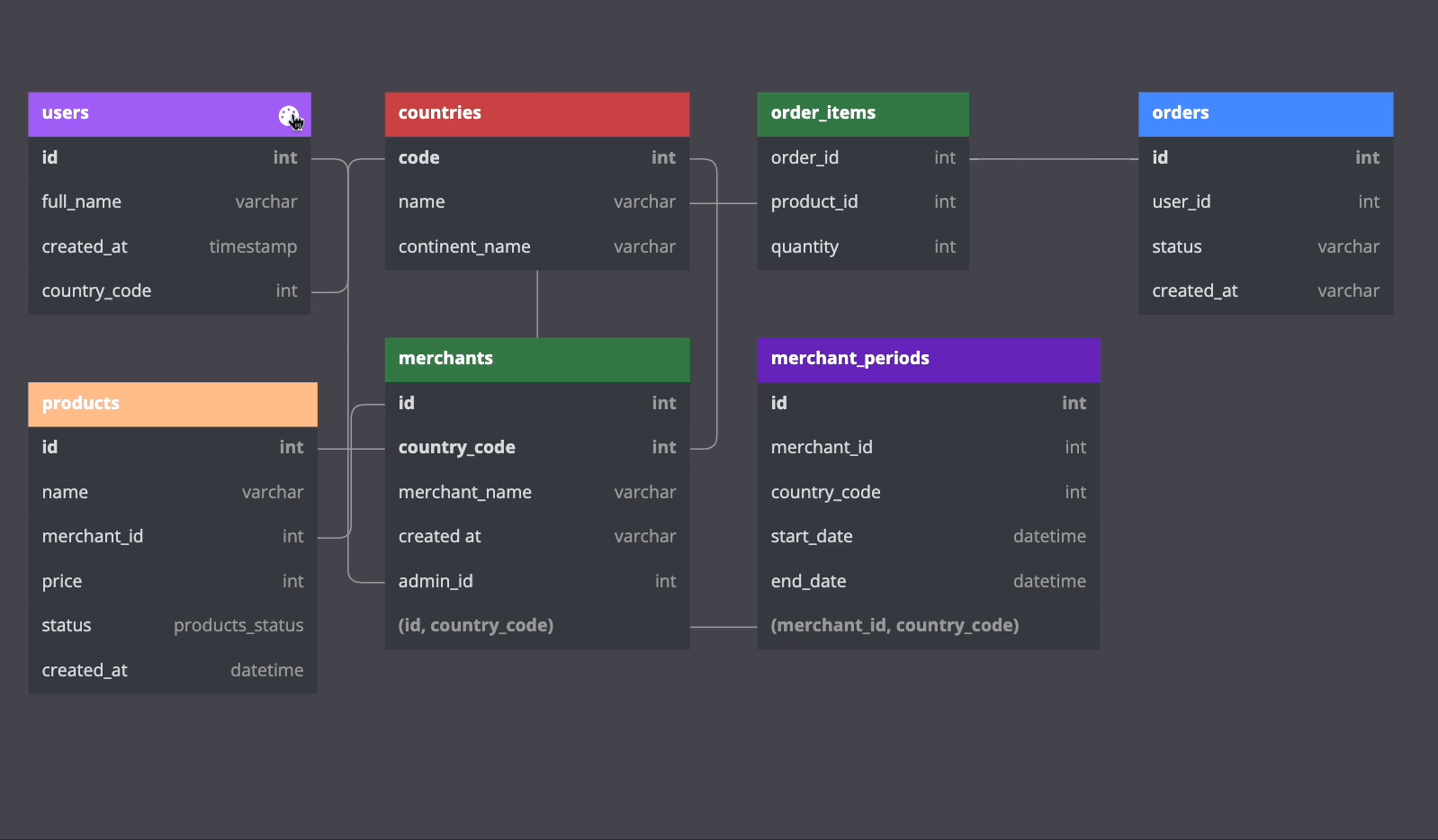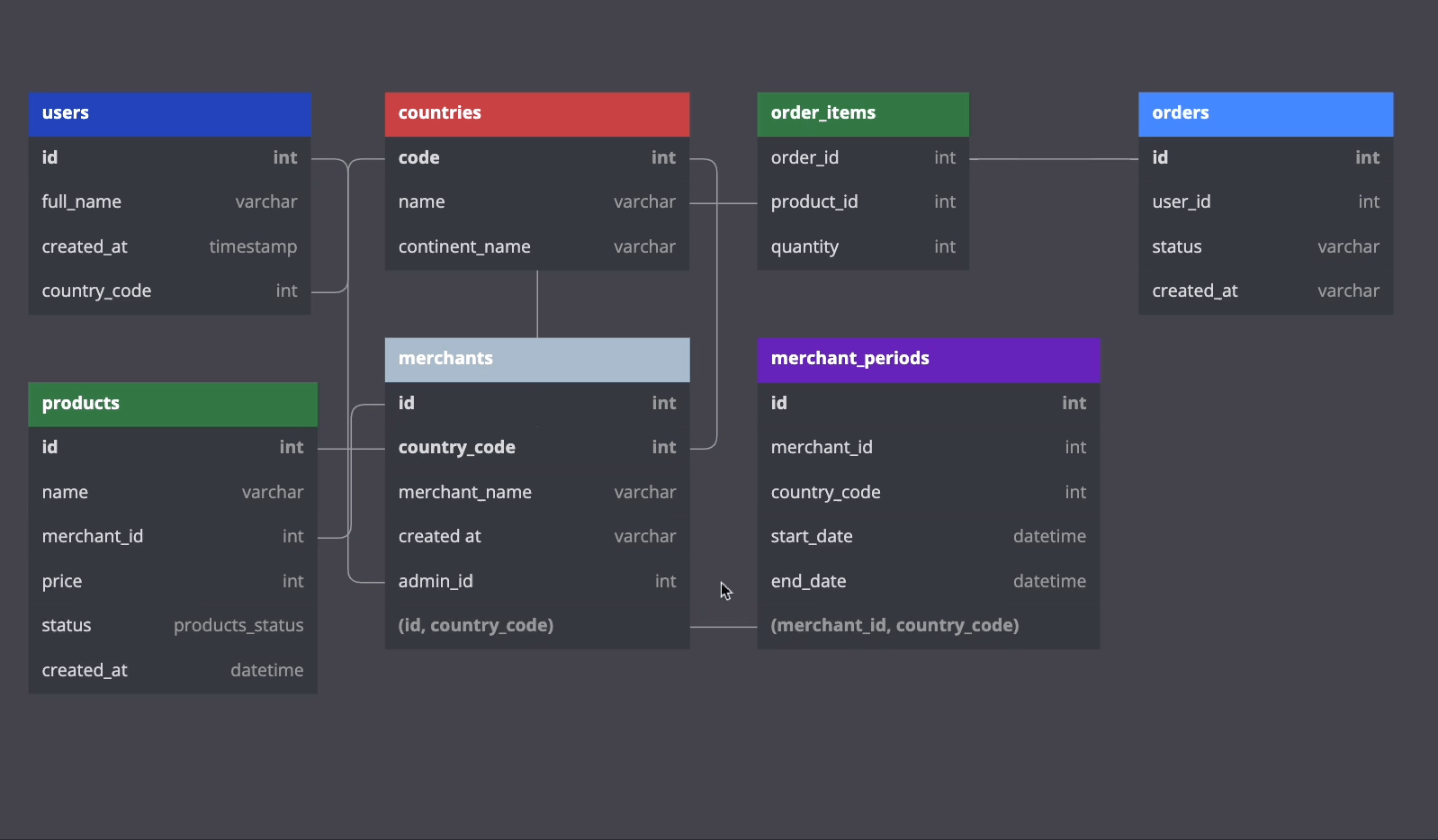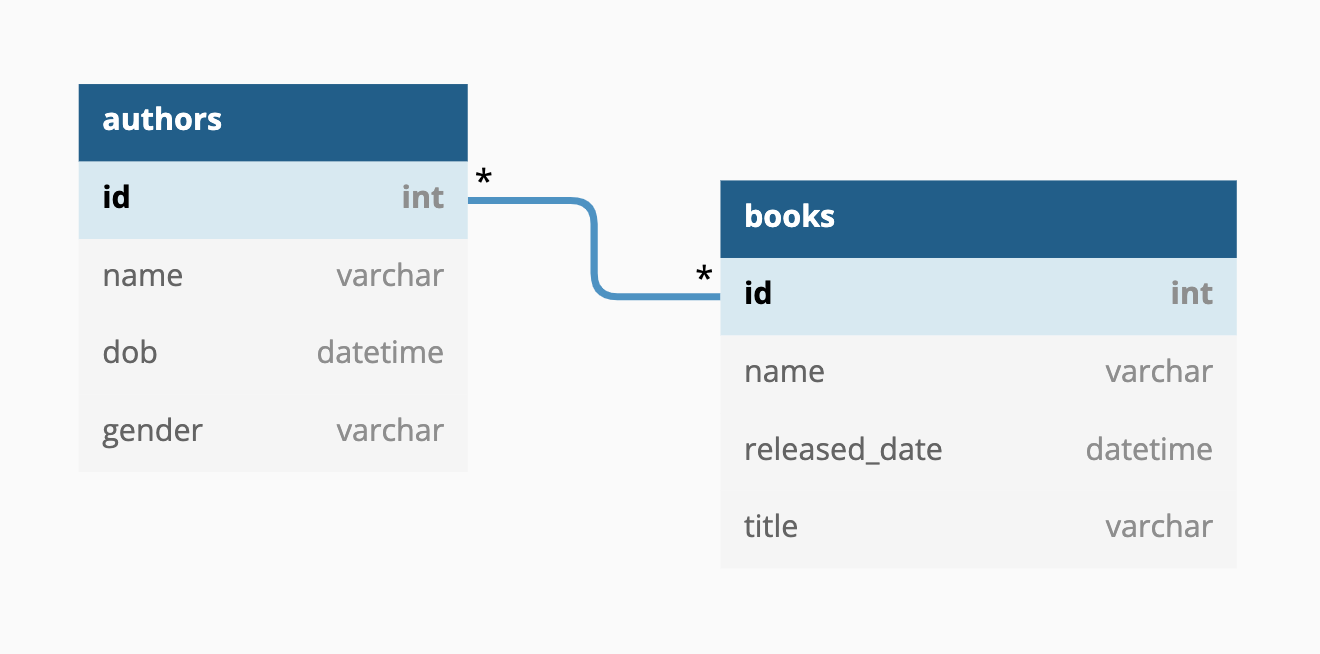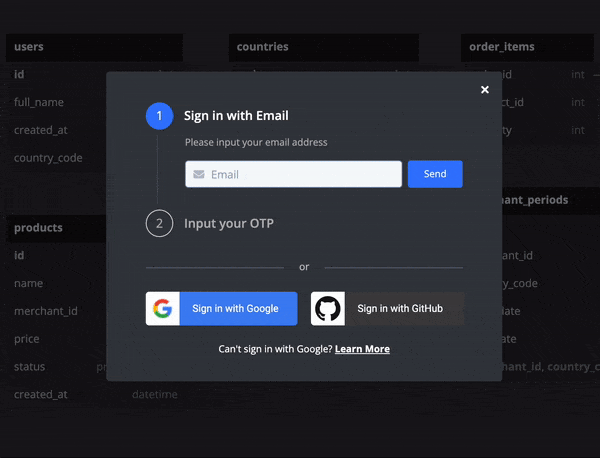🚀 Team Workspace - Team features
Collaborate with your colleagues. Manage team's diagrams all in one place.
By collaborating on a team workspace, your team will be able to:
-
Have a central place for your whole team to store, access, and share database diagrams.
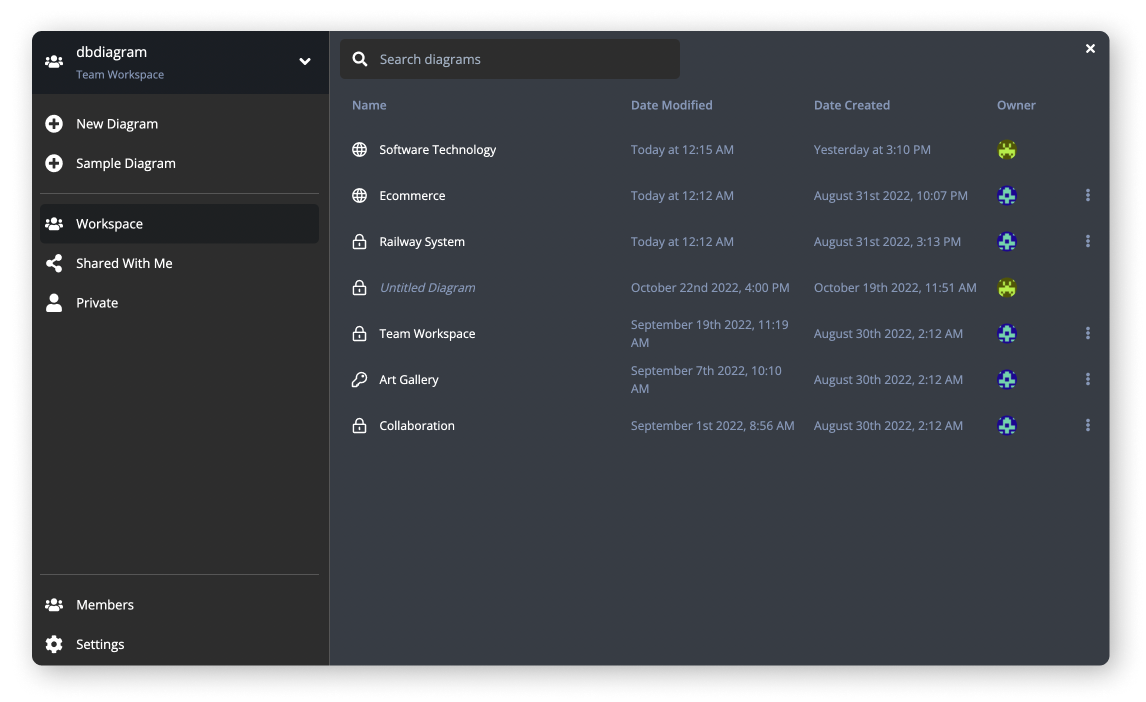
-
Invite and manage your teammates in one workspace, and allow them to take advantage of the Team plan’s benefits.
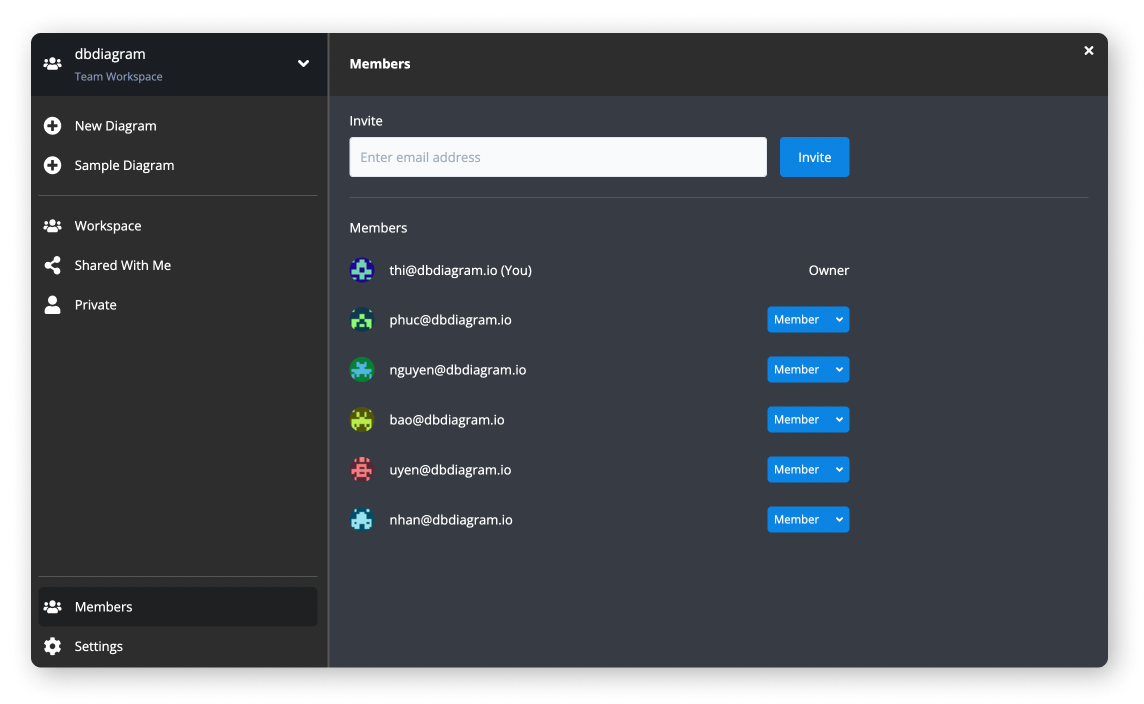
-
Easy to manage diagram access of guests and teammates.
